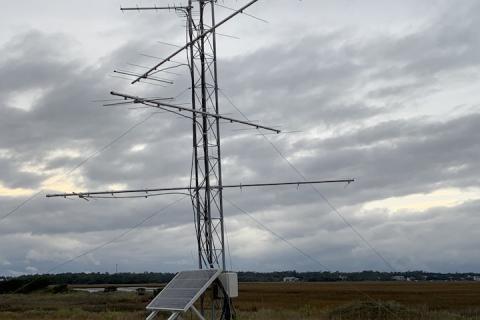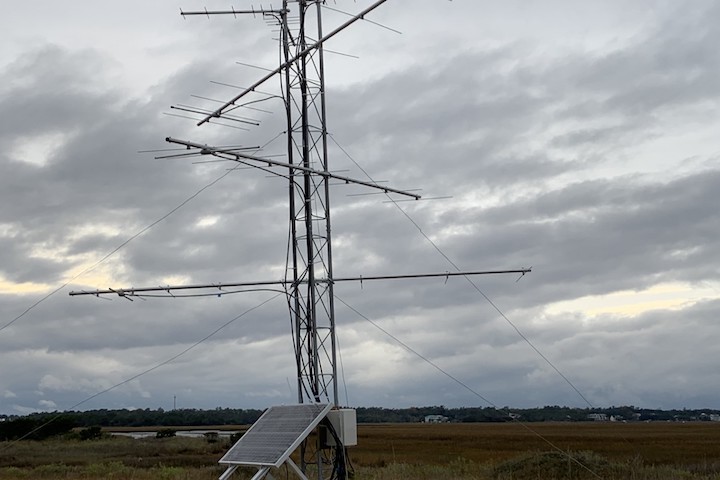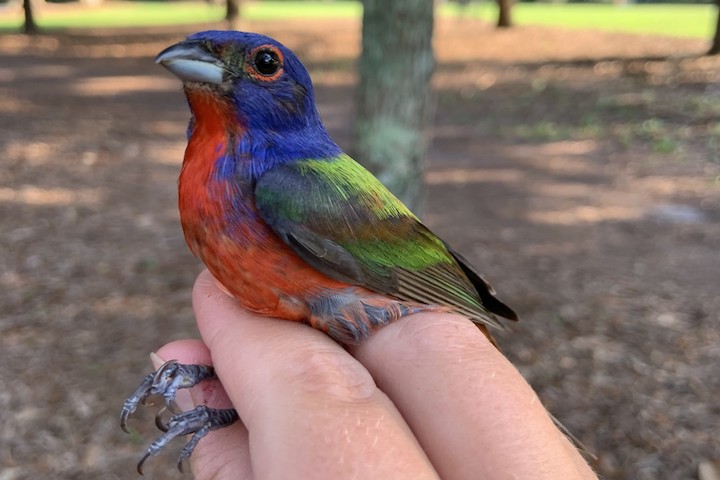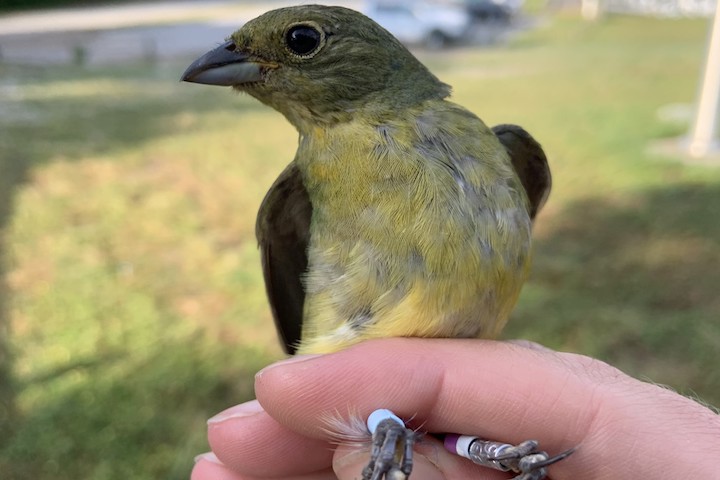
This multi-reserve project will develop a collaborative community to support and enhance research, education, and conservation activities associated with Motus Wildlife Tracking System installations across the Reserve System.
The Motus Wildlife Tracking System is an open-source, international network of community hosted radio-telemetry receivers and wildlife researchers designed to investigate a wide variety of wildlife movement questions. To date, Motus stations across 16 reserves—18 towers in total—have collectively detected movement data for 744 individual animals from 65 different species; these movements reveal the connectedness of the National Estuarine Research Reserve System despite geographic separation and unique local characteristics across sites. Local data, combined with the broad reach of the Motus network both within and beyond the Reserve System, allow community members to learn about phenomena that are important not just locally, but also regionally and globally. The growing number of Motus stations within the Reserve System, combined with increasing interest in tracking data from within and outside of the system, presents an opportunity to develop a collaborative community that supports and enhances research, education, and conservation.
This multi-reserve project–comprising 18 reserves representing all regions in the Reserve System–will enhance collaboration on, and implementation of, Motus installations across the Reserve System through a multipronged, collaborative approach. Anticipated products include: a website that displays Motus data from across the Reserve System; freely available educational and outreach resources related to Motus data; in-person educational experiences at the North Carolina Reserve; new tower installations at four reserves that currently do not have Motus systems; and a supportive community that fosters strong communication and collaboration among reserve staff. Project activities and products will help serve as a launchpad for future relationship-building activities that advance Reserve System science priorities, including strengthened collaboration among reserves and regional partners.


